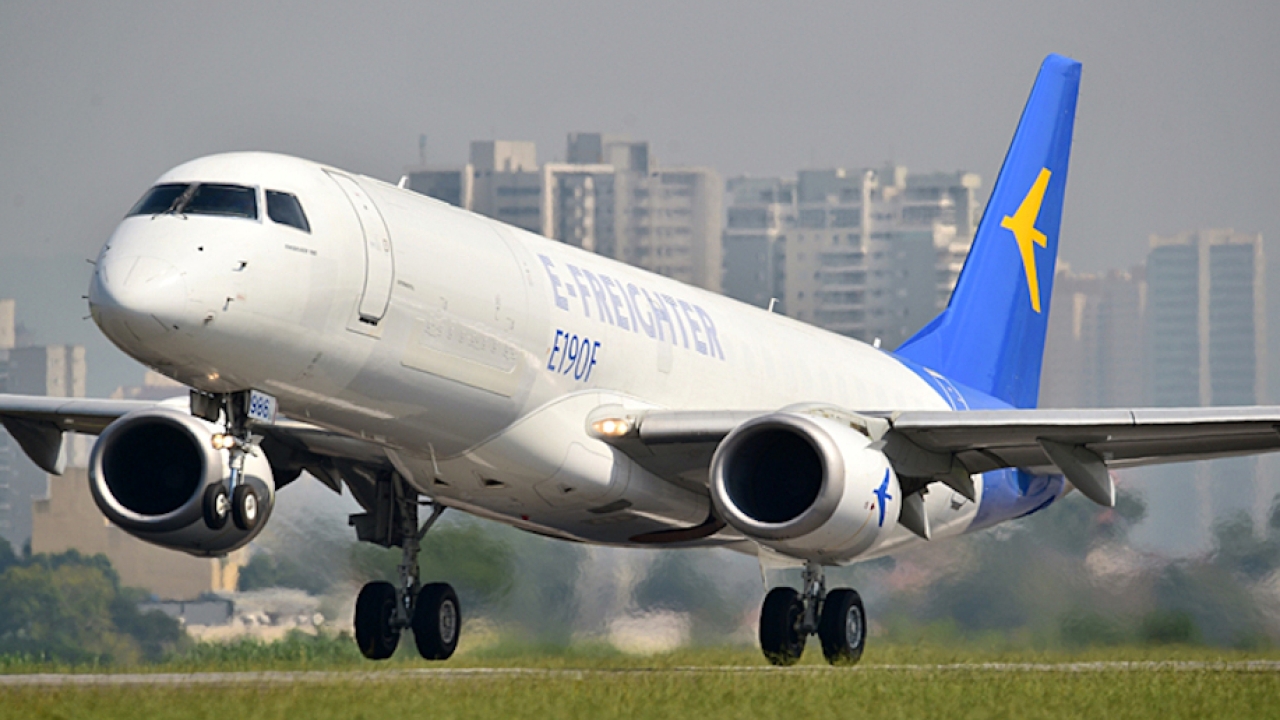The Big Five
There has been a lot of talk about the challenges facing African aviation over the years – but rarely solutions. Now the team from OAG, the specialist in aviation information and analytical services, has put forward its proposal to get the industry to meet its potential.

1) Could South African Airways do ‘an Air New Zealand’?
2) Air Africa? Branding future for Ethiopian Airlines?
virtual network of hubs.
Stay up to date
Subscribe to the free Times Aerospace newsletter and receive the latest content every week. We'll never share your email address.

